
Understanding Jewellery - Jewellery Polish, Jewellery Settings & More!
Does it bother you when you go to a TV shop, and the sales person assumes you know everything there is know about a TV? Does it bother you that when you ask him a question, even a very basic one, he rolls his eyes and makes a face suggesting that the answer is so obvious.
Well, it really bothers me and it really puts me off the sales person. I would rather go to another shop or just do some research myself and buy it online.

I recently had a very similar experience, and I realized that maybe I am doing the same exact mistake with you guys when it comes to jewellery. I realized that I know technical aspects of jewellery because I am in the business of manufacturing jewellery and can’t and shouldn’t expect you to have the same knowledge that I do. So, I am really sorry about that.
To make things easier, I am writing this blog on “jewellery terminology” that is used as a standard in our industry to help you in understanding jewellery. I am just going to mention a few, so that you don’t get confused. But if there is anything else you would like to know or crosscheck with me, I would be more than happy to help you.
Lets start.
Jewellery Polish - Ganga Jamuna Polish
Ganga Jamuna polish is the most common polish used in our line of jewellery manufacturing. A lot of people call it “diamond look” polish too. In simple words, the top part of the jewellery is white in color, and the bottom part is finished with gold polish. The side of the jewellery piece generally depends on the customer or the design, and can be polished in anyway desired.
The top part of most jewellery pieces has small prongs to hold the stones in place. Many opt to color those prongs white but keep the sides and the bottom of the piece gold. But if you are looking for that specific “diamond look”, then we polish the white stones’ prongs with white polish and to add finishing touches we polish the colored stones’ prongs with gold polish. But, of course, any combination of the polish can be used.
Ganga Jamuna is a term used to assume that the top part of the jewellery will have white polish and the back will be gold.

Jewellery Settings – which one is which
There are many kinds of setting since jewellery making is so creative. Jewelers can use many techniques as per the jewellery design and their creativity level. But the basics are as below:
The stones set on any jewellery piece will only shine when it has maximum exposure to light. This is the reason why most solitaire rings have prongs or “katas” holding the stone on the ring band, so light can enter the diamond from every angle.
But when it comes to more intricate designs, many setting techniques can be used such as border setting, pave setting, invisible setting etc. I generally do not like border setting because the stone is surrounded with a border of metal which limits the natural light entering the stone and thus giving it a slightly dull look.

Pave setting is done when the tiny stones are deeply embedded on a metal base.
Invisible setting is when the stones are shaped like a peace of puzzle and then stuck together. There is no metal that one can see from the top. This is one of the most beautiful type of setting and most commonly used by world renowned designer Van Cleef & Arpels.
Keep your Jewellery Clean
The thumb rule regarding keeping your jewellery polish & stones looking brand new, is by avoiding any contact with water. Even if the piece is made with gold metal, please avoid any contact with moisture such as water, cream or perfume.
There are two things in the jewellery that can get dirty – the stone and the metal. The stone can be very easily cleaned at home by using a small toothbrush to remove the dust and dirt that gets stuck between the stone and the metal.

But to clean the metal, it is usually best to give it back to the jeweler who can clean the piece with acid and repolish the piece to make it look brand new.
These are some of the very basics of jewellery language. And I hope it was helpful. Like the saying goes “no question is stupid”, so please go ahead and ask us any questions. If we are unsure of the answer we will research and find the right answer together.
I would love to hear your feedback. You can always email me at sneha.rateria@gmail.com or send me a personal message on Instagram.
I look forward to having a chat with you
XOXO,
Sneha
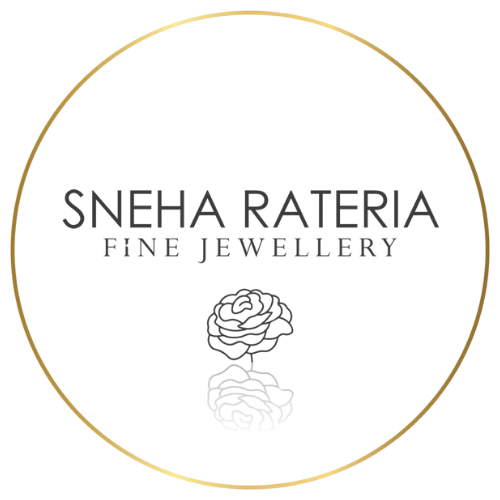

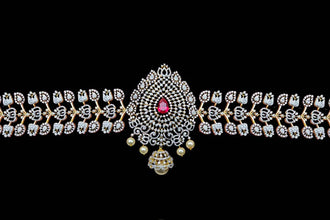
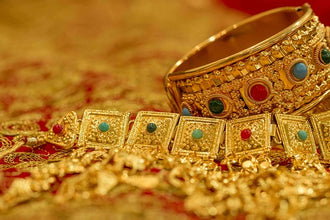
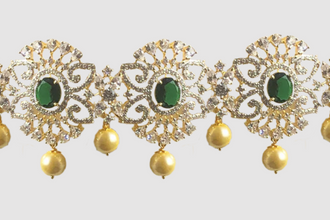
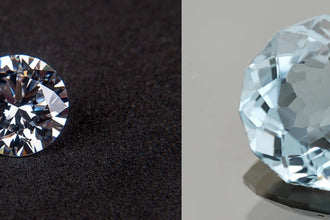
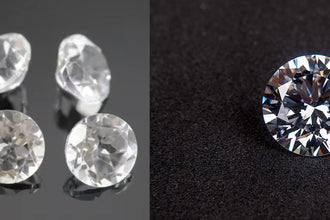
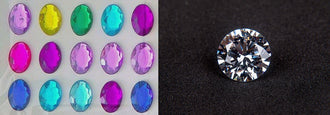
Dana Point jewelers /
Great work ! Now people don’t have to visit their nearest jeweler for this small things.
jcxpvoqh /
Visa
jcxpvoqh http://www.g081i9x798cn9c7cg0399cak2m1jkw6ws.org/
ajcxpvoqh
[url=http://www.g081i9x798cn9c7cg0399cak2m1jkw6ws.org/]ujcxpvoqh[/url]